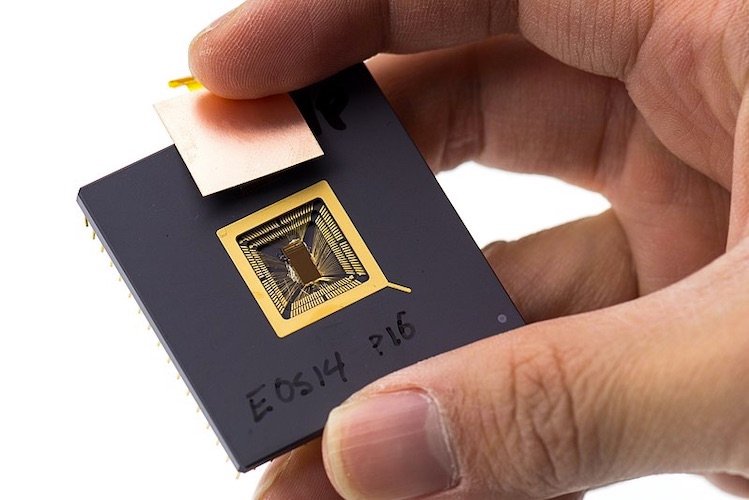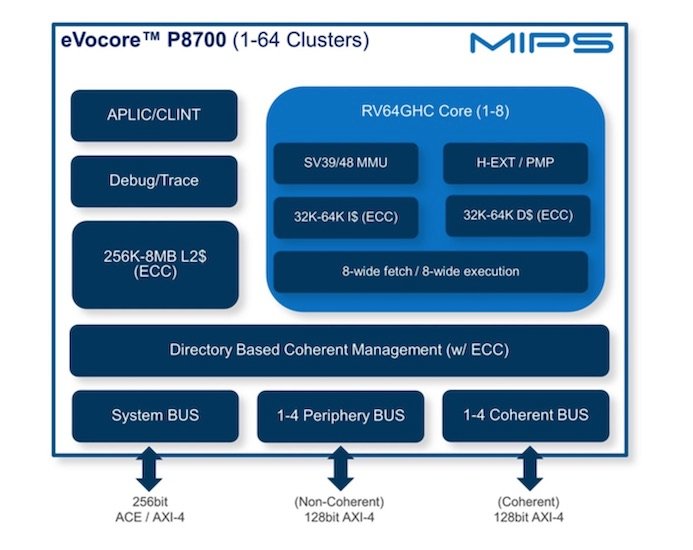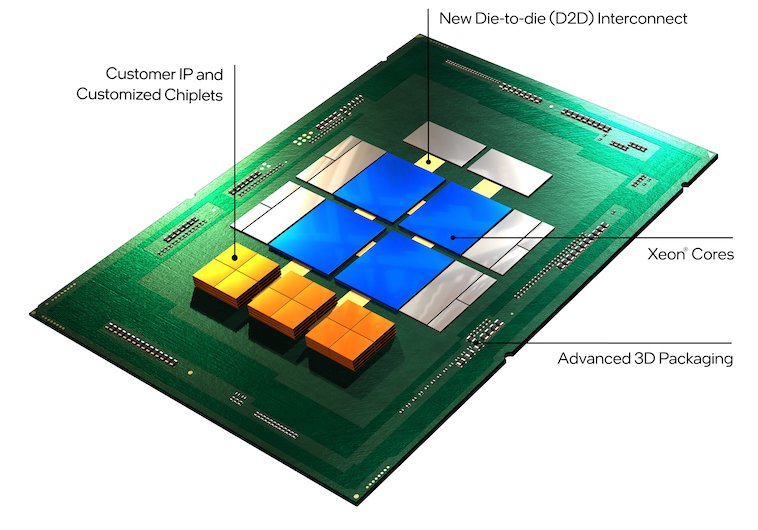Amid the chip supply issues over the last few years, a recent trend that has been picking up pace is the shift toward RISC-V architectures. As more companies and countries take the plunge into RISC-V, the shift could help keep innovation flowing.
In this article, we examine some of the recent moves companies and countries have made to leverage RISC-V technology.
Why is RISC-V Growing in Popularity?
RISC-V is a set of open specifications that electrical engineers can use to create processor cores. While RISC-V is not yet in a position to compete against Arm and x86 in higher-end computing, it’s increasingly being used in areas such as hardware controllers, management cores and FPGAs for applications from embedded electronics to artificial intelligence.

An early RISC-V prototype chip from 2013. Image used courtesy of Wikimedia Commons
With RISC-V, there is no need to negotiate proprietary licences for a whole package, instead there is design flexibility which can lead to a differentiated product.
The open-source RISC-V architecture has enabled thousands of cheap and accessible custom hardware designs and is driving countries across the globe to collaborate on improving and boosting its specification.
What Recent Support Has RISC-V Received?
The growth in popularity of RISC-V is being watched carefully by public institutions, startup companies, and engineers alike. Instead of being simply an option, companies are making strategic hardware decisions and moving it into production. The main focus has been on new workloads and capabilities such as artificial intelligence and machine learning.
Meanwhile, there are more startups and design houses on RISC-V than any other architecture; It offers simplicity and the ability to modularly compose solutions, thereby reducing the level of engineering required to get to market.
One company that has supported the RISC-V movement since 2019 is Microchip. Recently, the company has announced its RISC-V-based PolarFire SoC FPGA has reached mass production, the first of its kind. Meanwhile, at Embedded World 2022, RISC-V International revealed four new spec approvals and SiFIve unveiled a new version of its X280 processor. The announcements demonstrate the rapid pace of the RISC-V ecosystem, especially in relation to the custom world of embedded systems.
The RISC-V International organization has a significant member base, including big players like Google and Qualcomm. One of the newest to the foundation is Intel, one of the most prominent semiconductor companies of all time. Intel will be making its silicon processors available to the RISC-V community through the Intel Foundry Services (IFS).
Ultimately, Intel brings a huge amount of resources to the table. What’s more, IFS is sponsoring an open-source software development platform in a bid to accelerate the growth and adoption of RISC-V among chip designers.
Why is MIPS Switching to RISC-V?
MIPS, a leading RISC processor IP developer, has recently announced its entrance into the RISC-V market. Its eVocore product lineup is aimed at extending the company’s leadership in high-performance real-time compute applications.
The move is all about growth for MIPS, specifically targeting the high-performance segment of the processor market by offering products for automotive, edge computing, wireless networking, data centre storage and more.

The eVocore CPUs are the first MIPS products based on the RISC-V ISA. Image used courtesy of MIPS
It could be a significant change for the industry as MIPS will bring the RISC-V community CPU innovation and new RISC-V compatible CPUs that are designed to be flexible, scalable and secure. The RISC-V eVocore IP cores will enable customers to mix coherent clusters of multi-threatened, multi-core CPUs in different combinations to meet their specific power and performance needs.
What’s more, as the RISC-V ISA enables custom features to be added via user-defined instructions (UDIs), MIPS will be able to deliver the powerful features required of many high-end applications.
How is India Pushing For More RISC-V Technology?
India has launched the Digital India RISC-V (DIR-V) program for next-generation microprocessors in a bid to realise self-reliance and achieve commercial silicon and design wins by the end of 2023. The program will act as a catalyst for India’s semiconductor startups, encouraging partnerships with academia and global corporations, and is part of prime minister Narendra Modi’s mission of making India a semiconductor nation.
India’s Minister of State for Skill Development and Entrepreneurship and Electronics and Information Technology sees the move as a way for India to become the RISC-V talent hub for the world.
What is the Future of RISC-V Hardware Design?
With the growing support from both startup organisations and multinational corporations, RISC-V is receiving a lot of validation. Even Apple is considering the emerging open-source RISC-V architecture. The attention helps put fears to rest that open source hardware isn't feasible, increases customer confidence and entices other companies to consider RISC-V for future designs.
With companies such as Intel breaking down barriers for entry and creating a more streamlined path for designers, accessibility is easier than ever. In fact, Intel recently announced a $1 billion fund to create a foundry innovation ecosystem, which will further boost startups and support IFS customers.

Chip architects are increasingly adopting a modular approach to design, leveraging system-on-chip (SoC) and system-in-package (SiP) architectures. Image used courtesy of Intel
While RISC-V isn’t proven at scale like its rivals and is behind in terms of the maturity of software built for its architecture, it’s rapidly catching up and developers are keen to find an alternative to Arm technology. RISC-V is a platform that nations can use to build local technical economic leadership while also contributing to global supply chains and opportunities.
As this happens, more designers and engineers will be exposed to RISC-V and have the ability to design custom software more easily. With Industry acceptance, RISC-V has the potential to play a huge role in the future of the industry, enabling its adoption by one and all.
